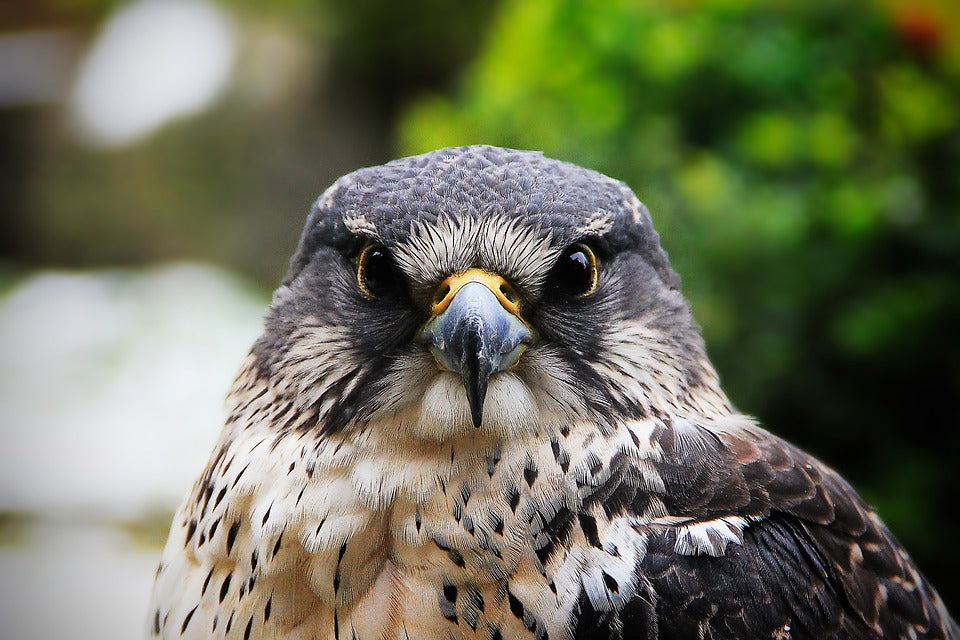Offer
Provide additional details about the offer you're running.
Provide additional details about the offer you're running.
Provide additional details about the offer you're running.

Many regions in Ontario offer fantastic viewing opportunities to get a glimpse of literally hundreds of hawks and other birds of prey in flight during their fall migration. Some of the best locations in Ontario to witness these breathtaking migrations are on the shores of either Lake Ontario at Cranberry Marsh or High Park or along the shores of Lake Erie at the aptly named Hawk Cliff or Point Pelee among other locations.
If you are thinking of getting out in the next month or so in an attempt to catch some hawks in migration, we have compiled a list of common terms and their meanings to help get you up to speed!
Dihedral: Wings held above the horizontal forming a V‐shaped outline. Dihedrals are pronounced in the Turkey Vulture and Northern Harrier, whereas dihedrals are less inclined in the Rough‐legged Hawk and Golden Eagle. Caution: Many other species fly with slight dihedrals.
Intergrade: An individual or population showing intermediate characters between two subspecies (races).
Kettle: A kettle is a group of hawks soaring in a thermal. Apparently, the term kettle originated at Hawk Mountain in Pennsylvania. Observers there often referred to hawks soaring over the “kettle”, a local land formation and the word kettle gradually gained its current meaning. A kettle is called a boil at some watches.
Kiting: A more or less stationary hawk in flight that is facing into a wind with an updraft.
Raptor: Not a taxonomic term. Refers to the diurnal birds of prey such as those covered in this article and the nocturnal raptors or owls. In recent years, however, the term raptor has become more and more associated with the diurnal birds of prey. Diurnal raptors comprise three families in North America. See discussion under Taxonomy below.
Soar: Circling with primaries spread and tail fully fanned, usually at a great height, with little flapping.
Subadult: Used mainly for eagles to indicate birds that are almost in full adult plumage, but showing traces of immature plumage.
Thermal: A rising column of warm air in which hawks soar to gain altitude. Watch for kettles forming under billowing cumulus clouds, which mark the tops of thermals.
Tuck: Raptors in a fast glide tuck (narrow) their wings and tail in a distinctive manner. The wingtips of even rounded winged species are swept back and become more pointed with many species taking on a characteristic shape.
Updraft: Wind that is turned upward along cliffs and steep shorelines used by hawks to glide.
Water Crossings: Most slow flying hawks, especially accipiters and buteos, are reluctant to cross large bodies of water where there are no thermals. They drop low to keep from being blown offshore. Hawks caught over water are subject to exhaustion from frequent flapping and to being lost in sudden fogs. Hundreds of hawks probably drown every year in the Great Lakes.
High Quality Blend